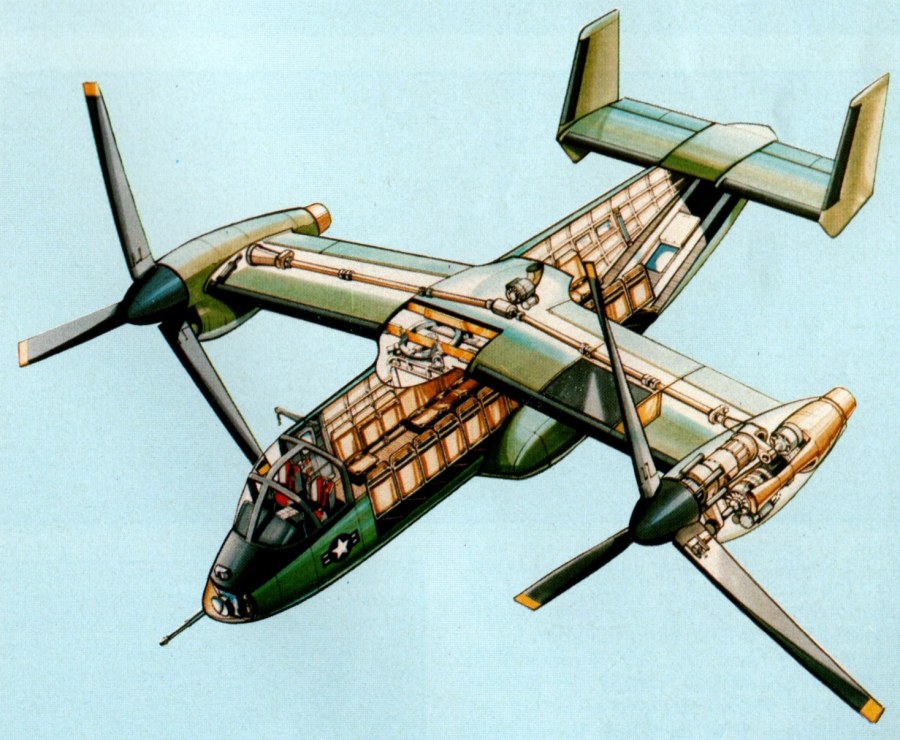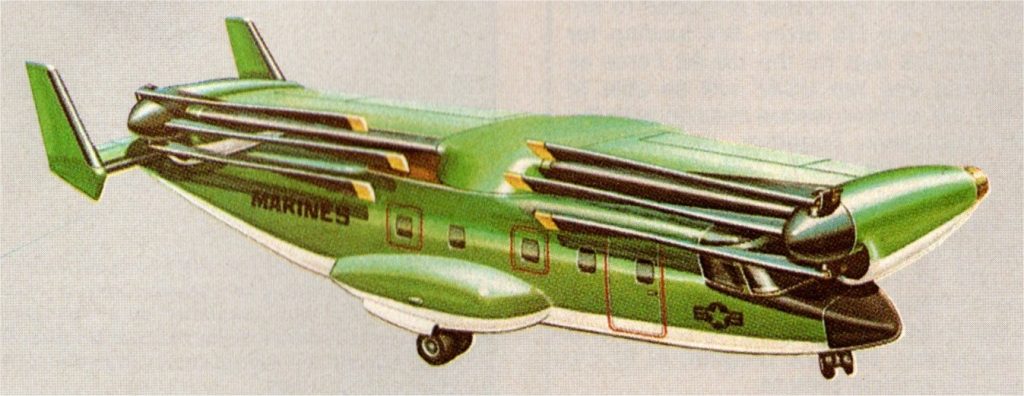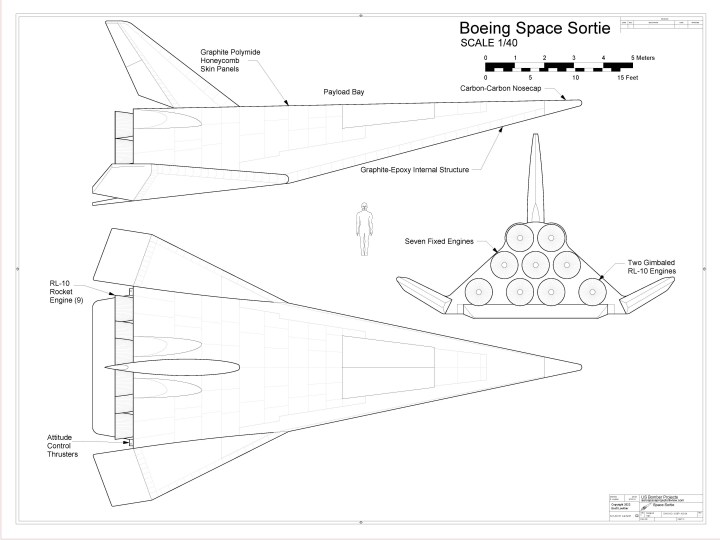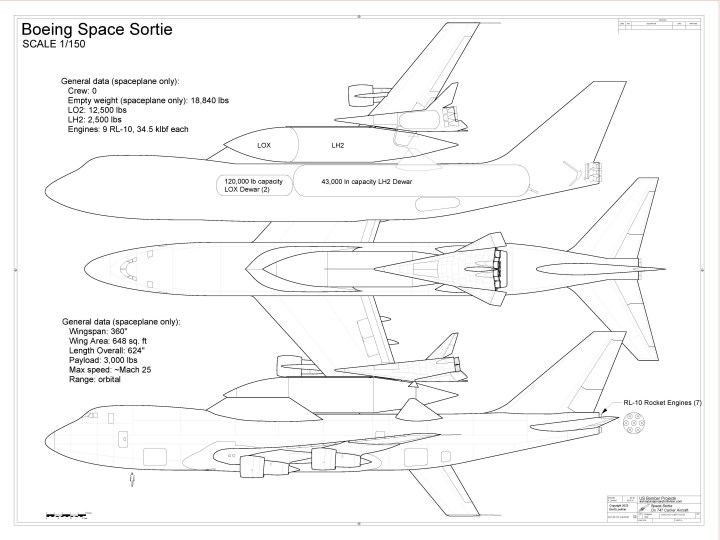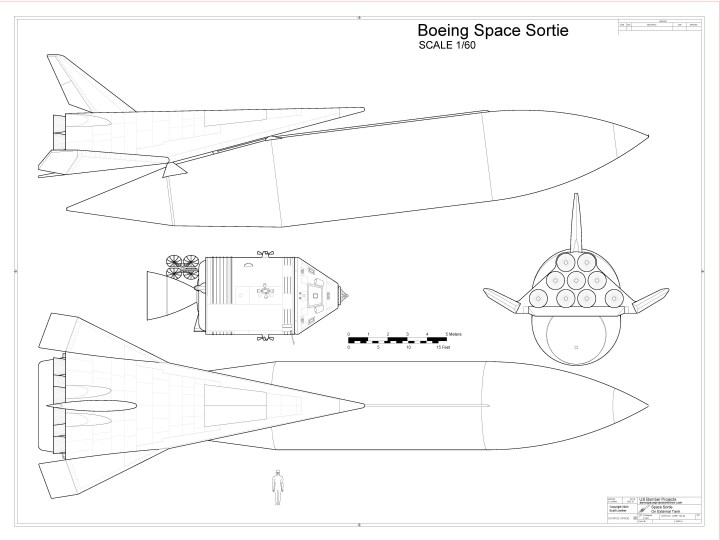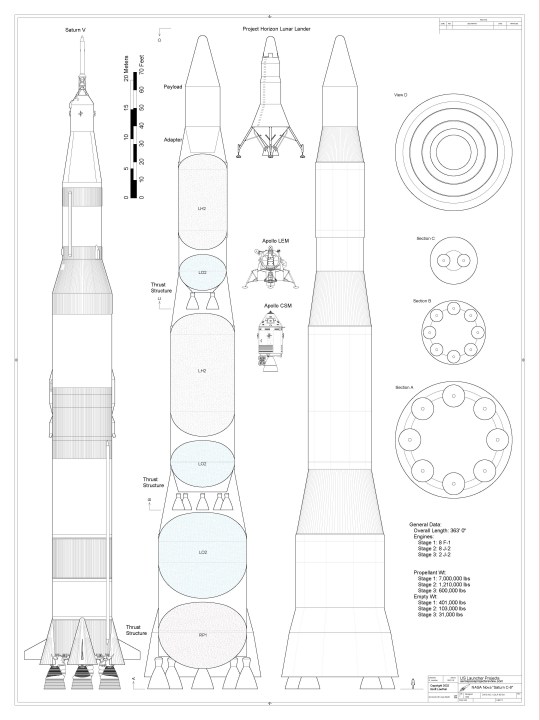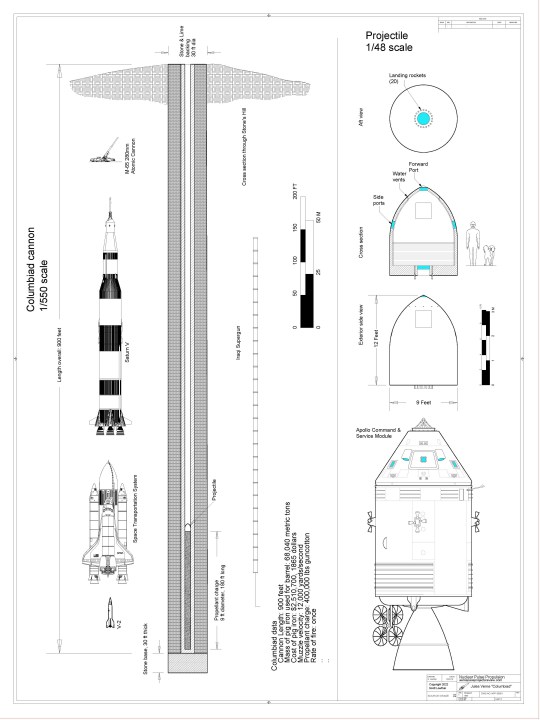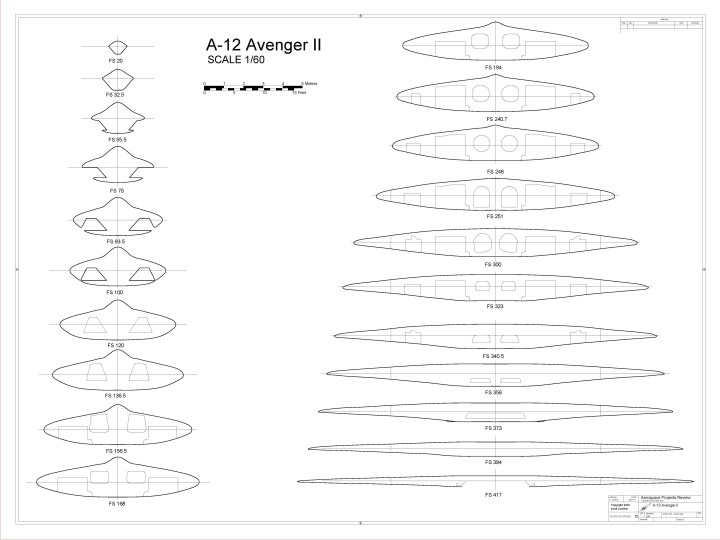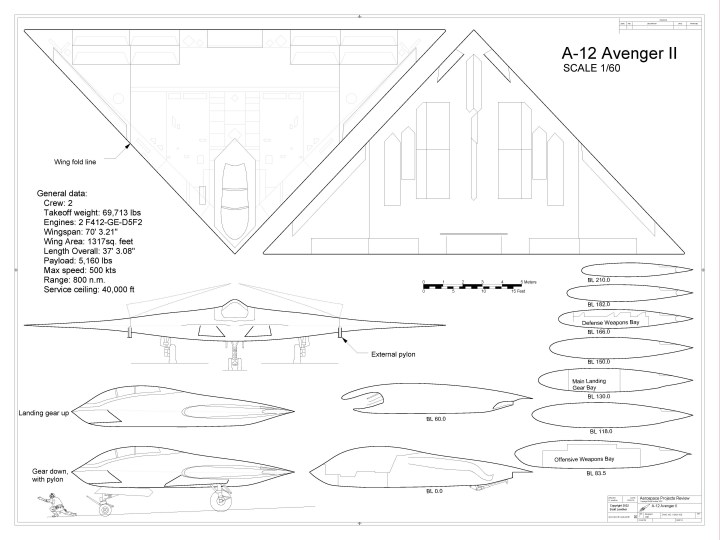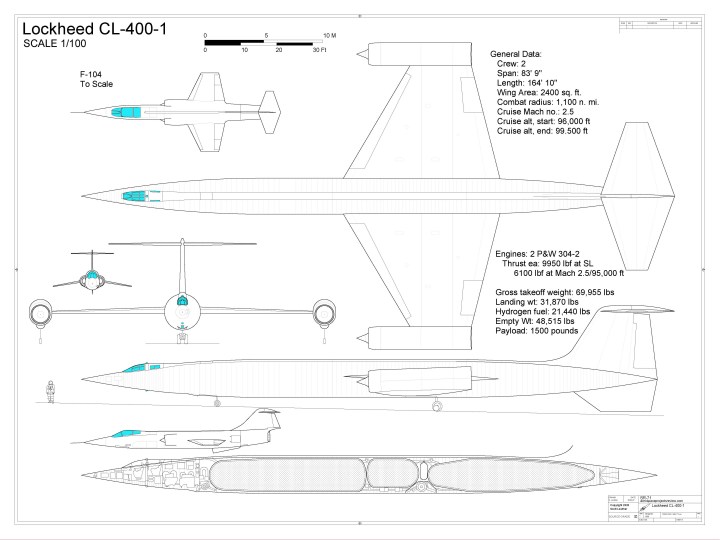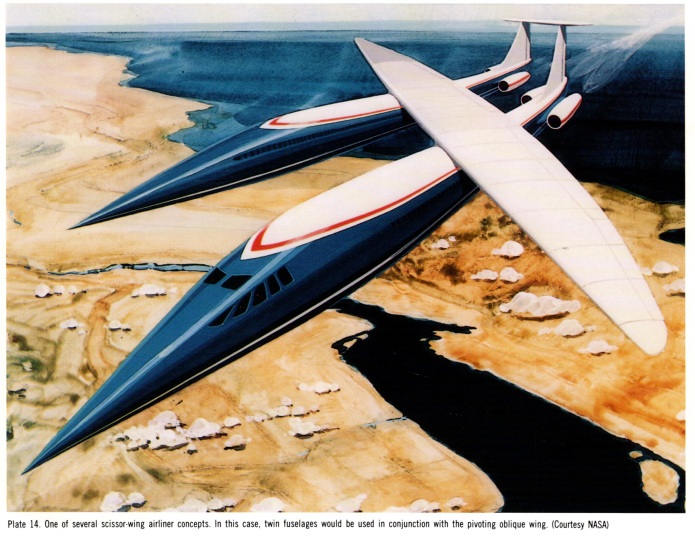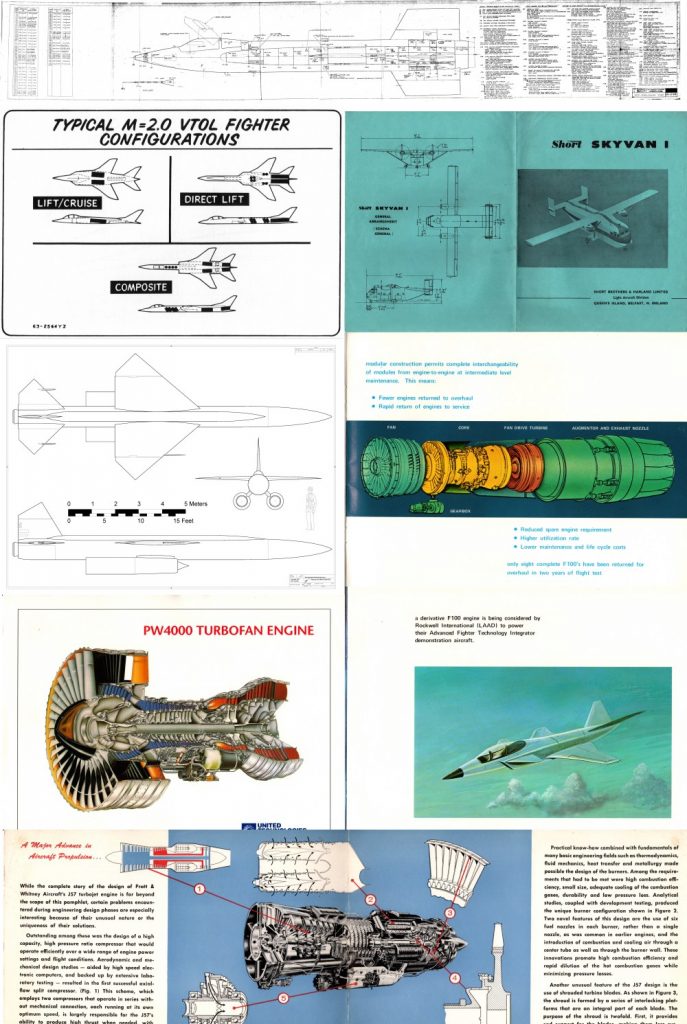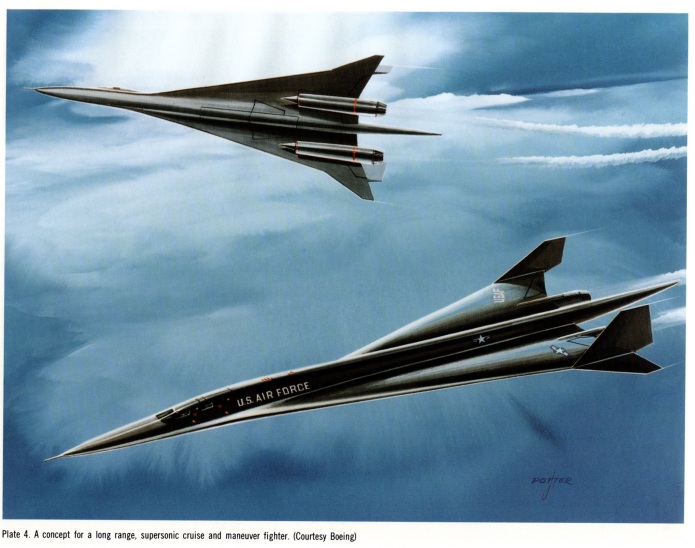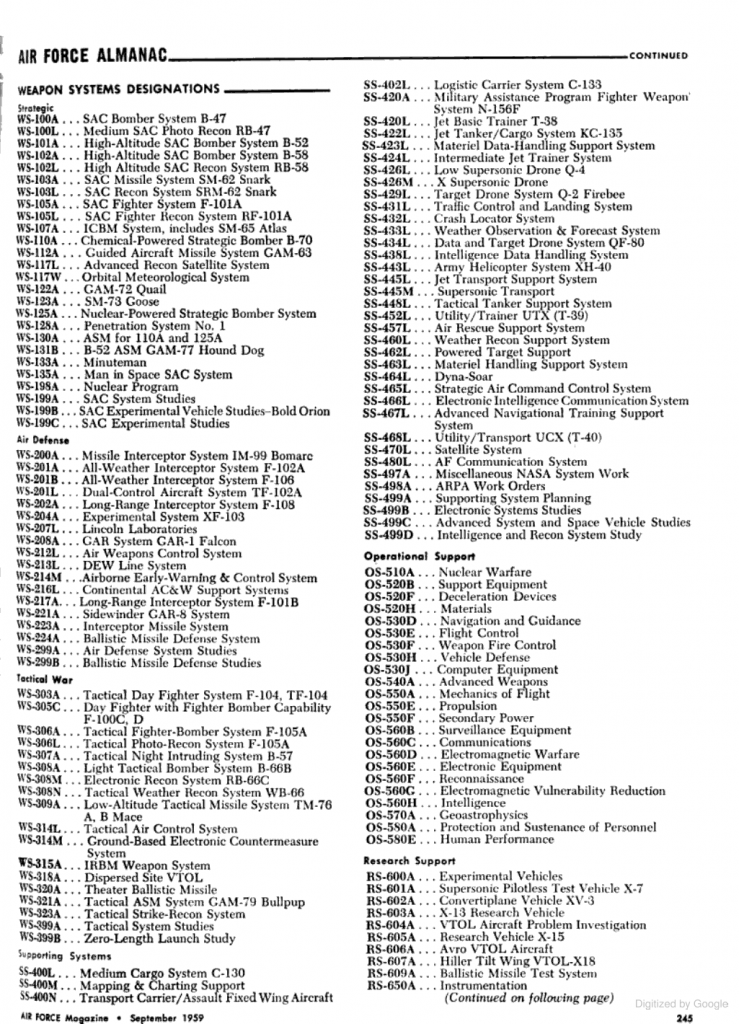I’ve just made the June 2022 rewards available for APR Patrons and Subscribers. This latest package includes:
Large format diagram: “X-15 Access Doors.” A North American Aviation diagram from 1956 showing all the openable panels on the port (left) side of the fuselage
Document: “Harpoon Coastal Defense System:” McDonnell Douglas brochure on a truck-launched anti-ship missile
Document: “Harpoon for Fast Patrol Boats:” McDonnell Douglas brochure on anti-ship missiles for small ships
Document: “Shorts Skyvan:” small brochure about the boxy cargo aircraft
Document: “VTOL Design – Turbojet Configurations” Northrop paper on VTOL fighters, mostly a historical review but with basic layouts for designs up to Mach 3
Document: Turbofan propaganda. A number of brochures and data sheets and such on turbofans and turbojets… PW4000, F100, JT9D-7R4, J57.
CAD diagram ($5 and up): IM-99B BOMARC surface to air missile general arrangement
If you would like to help fund the acquisition and preservation of such things, along with getting high quality scans for yourself, please consider signing on either for the APR Patreon or the APR Monthly Historical Documents Program. Back issues are available for purchase by patrons and subscribers.
